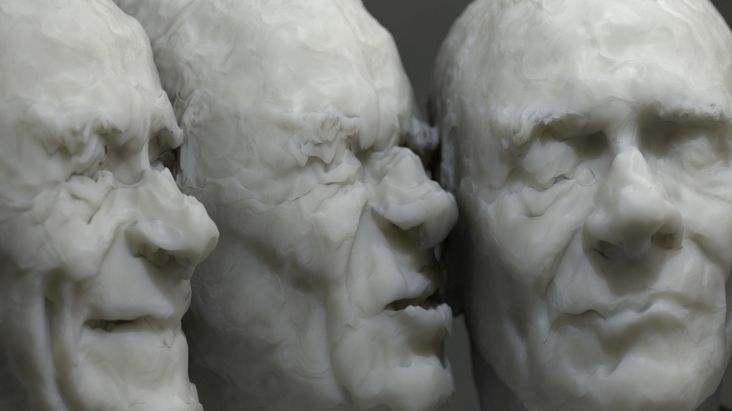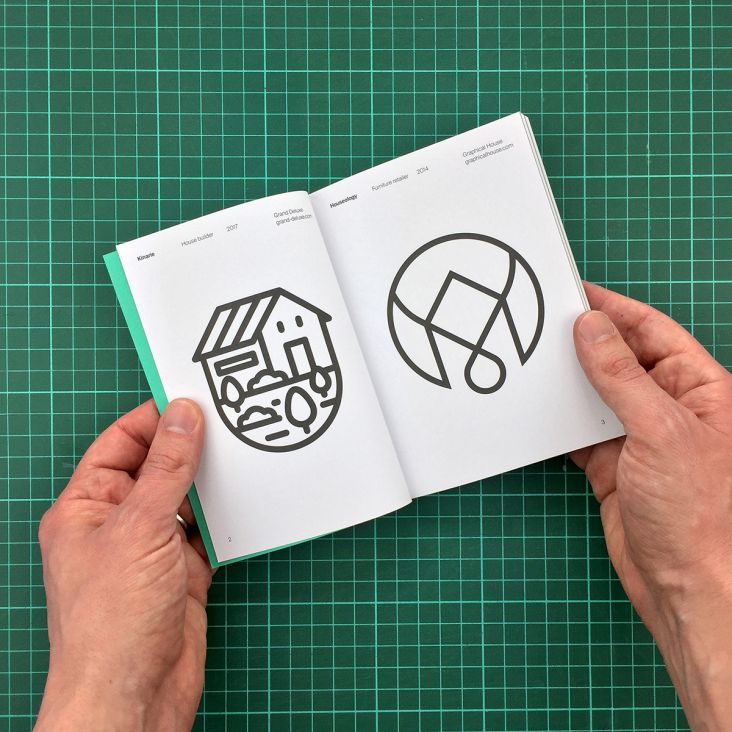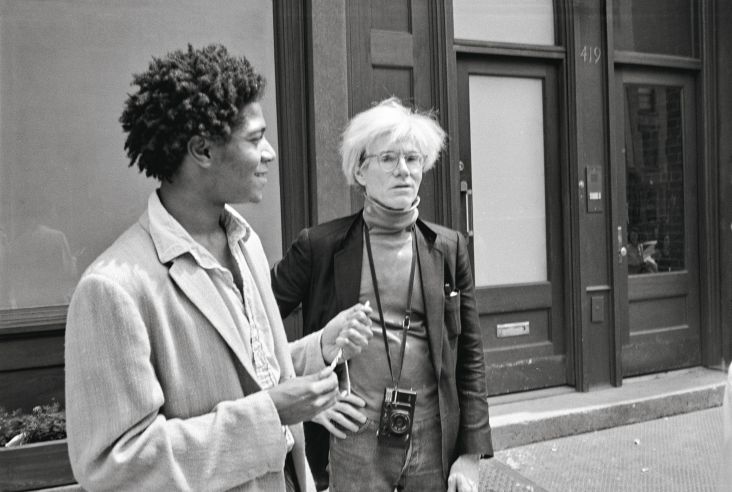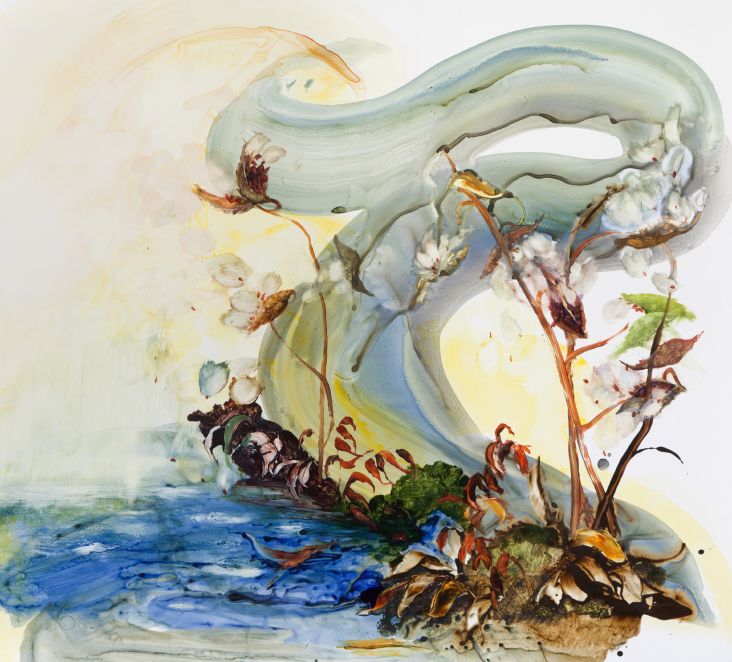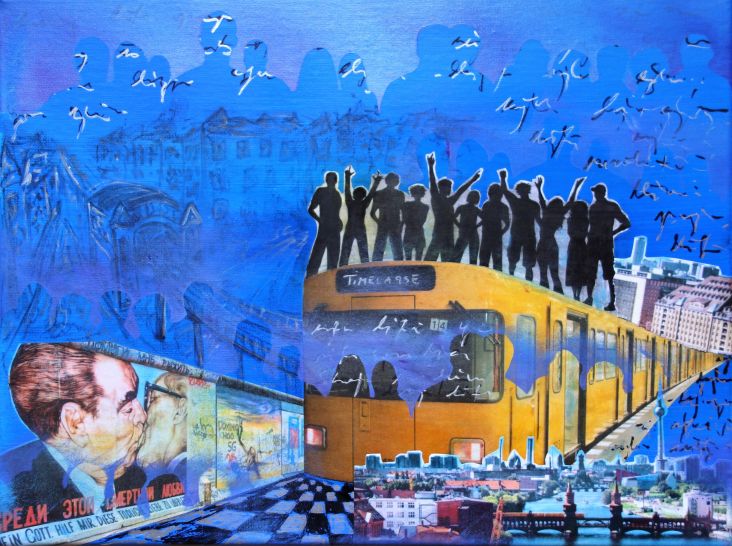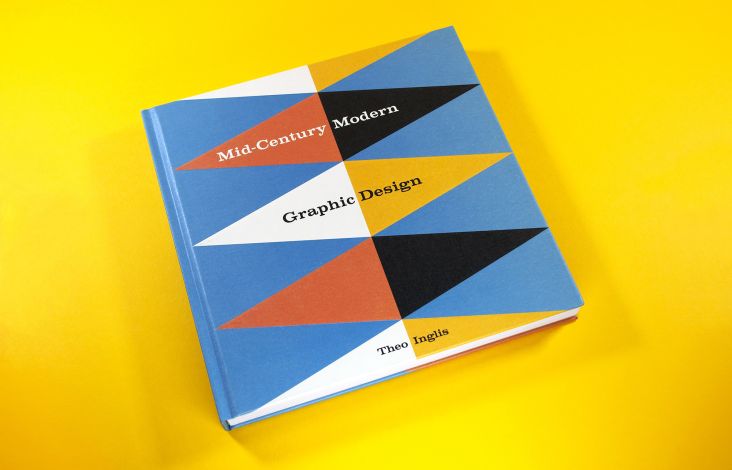Bauhaus Girls: a visual exploration of the groundbreaking school's most underrated members
Meet trailblazers like Marianne Brandt, Gertrud Arndt, and Lucia Moholy in a new book, Bauhausmädels – or 'Bauhaus Girls', a term that expressed admiration for the young women who bravely eluded traditional gender roles to build a different future.
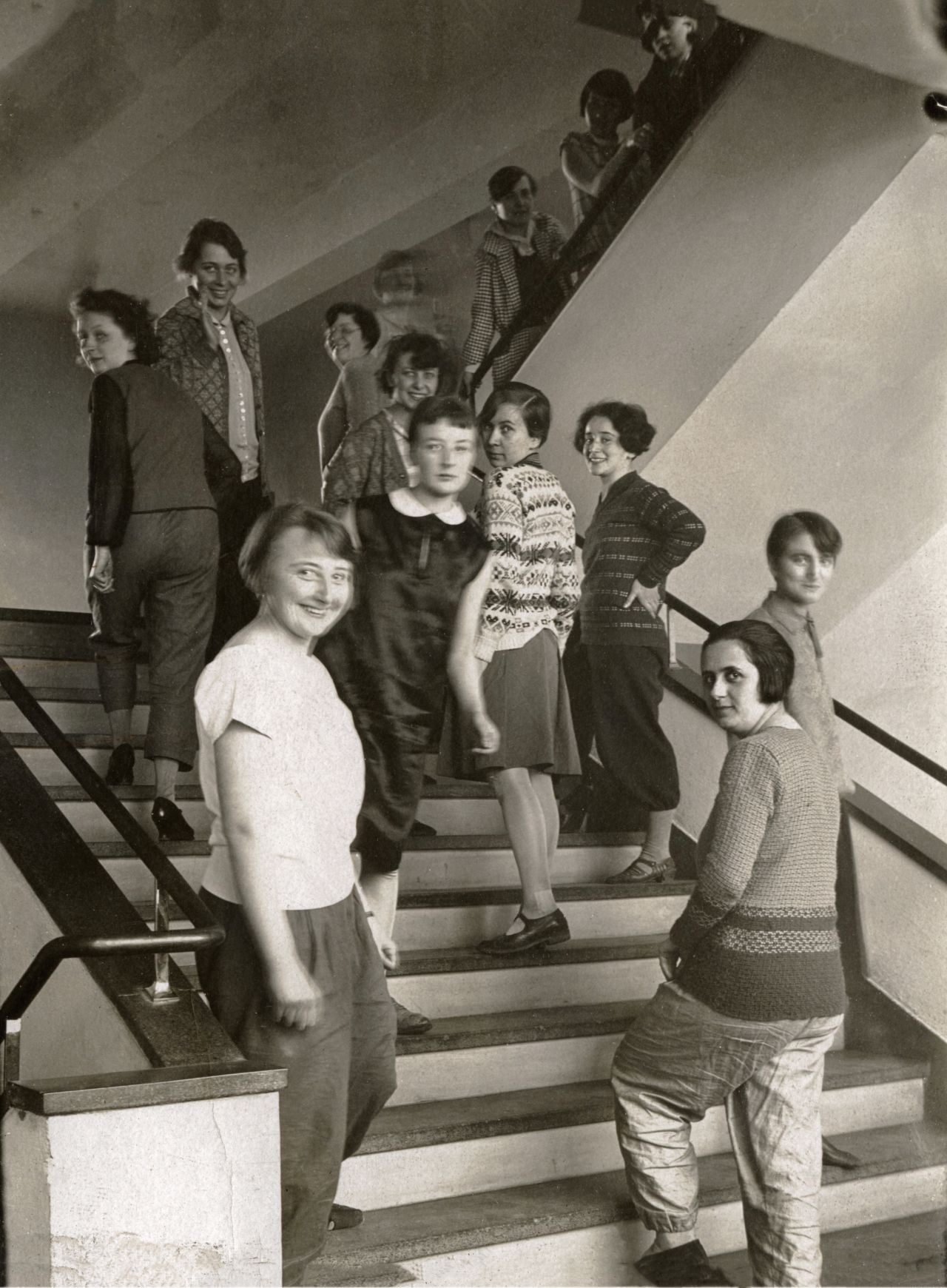
T. Lux Feininger: The weavers on the Bauhaus stairs in Dessau, c. 1927. © Estate of T. Lux Feininger / Photo © Bauhaus-Archiv, Berlin
With never-before-seen portraits and biographies, this visual exploration is a unique celebration of the Bauhaus centennial and a long-overdue tribute to the school’s most underrated members – women artists.
While the groundbreaking School of Art and Design provided women with new opportunities in education, along the way, they were faced with unreasonable family expectations, the ambiguous attitude of the faculty and administration, outdated social conventions, and, ultimately, the political repression of the Nazi regime.
Unprecedented in current literature, Bauhausmädels presents 87 artists and artisans through texts and photographic portraits, many published for the very first time.
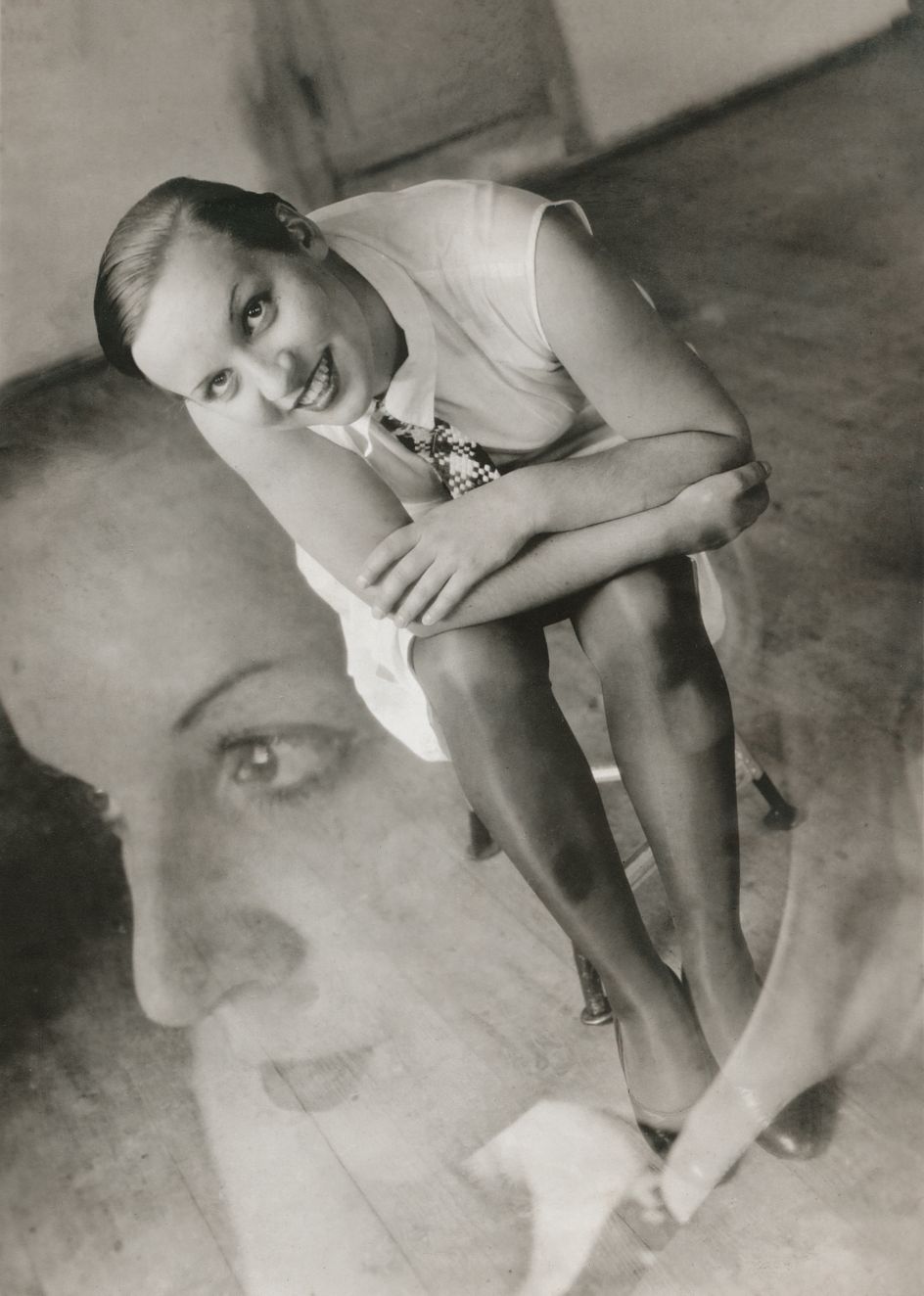
Ivana Tomljenović: Portrait of an unknown Bauhaus student (double exposure), 1930. © Kolekcija Marinko Sudac/Muzej Avangarde Zagreb
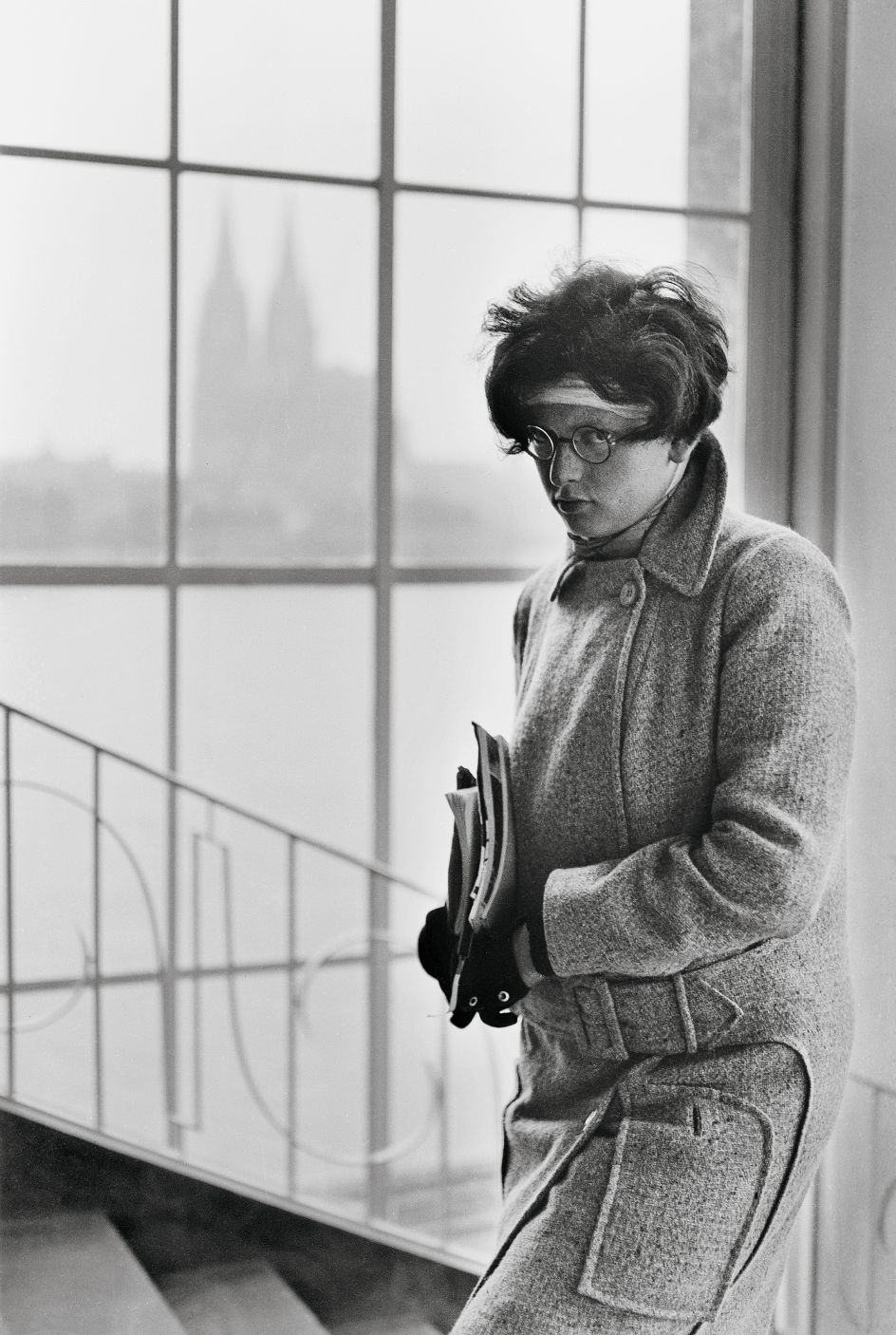
Karl Hubbuch: Hilde Hubbuch in the Haus der Rheinischen Heimat, Cologne, 1928. © Karl-Hubbuch-Stiftung, Freiburg / Photo © Münchner Stadtmuseum, Sammlung Fotografie
Recent archival discoveries also revive the biographies of better-known talents. In the 1920s, the title 'Bauhaus Girl' expressed a silent admiration for the young women who courageously eluded traditional gender roles to build a different, creative future.
These include Marianne Brandt, the first woman to be admitted to the Bauhaus metalworking program whose designs are used by Alessi to this day; Gertrud Arndt who, dissuaded by the faculty from studying architecture, instead shone through her photography and rug design; and Lucia Moholy, who photographed the Bauhaus buildings in iconic shots but spent the rest of her life trying to retrieve the negatives which were withheld from her.
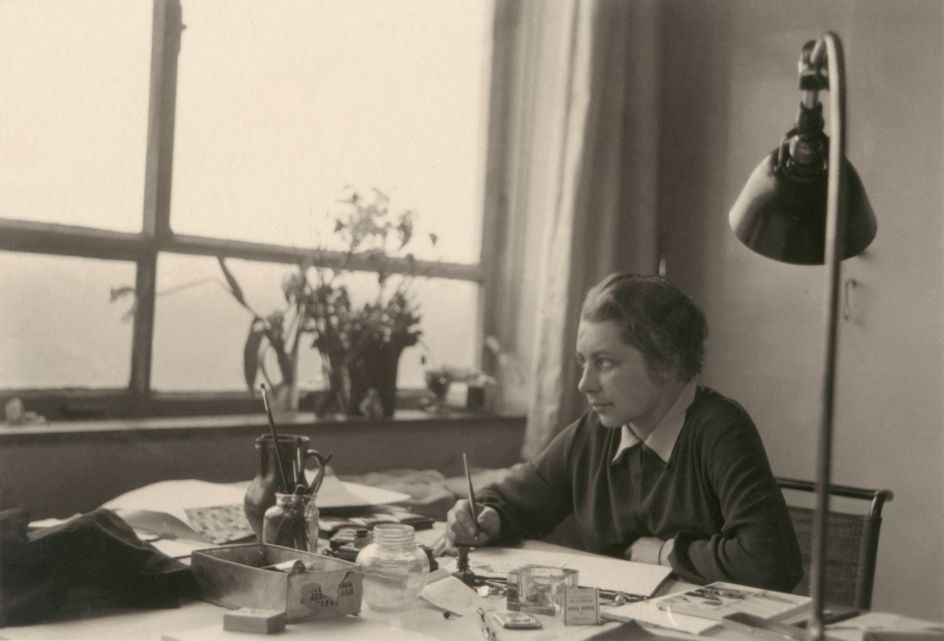
Anonymous: Gunta Stölzl in the studio at the Dessau Bauhaus, 13 March 1927. Photo © Bauhaus-Archiv, Berlin
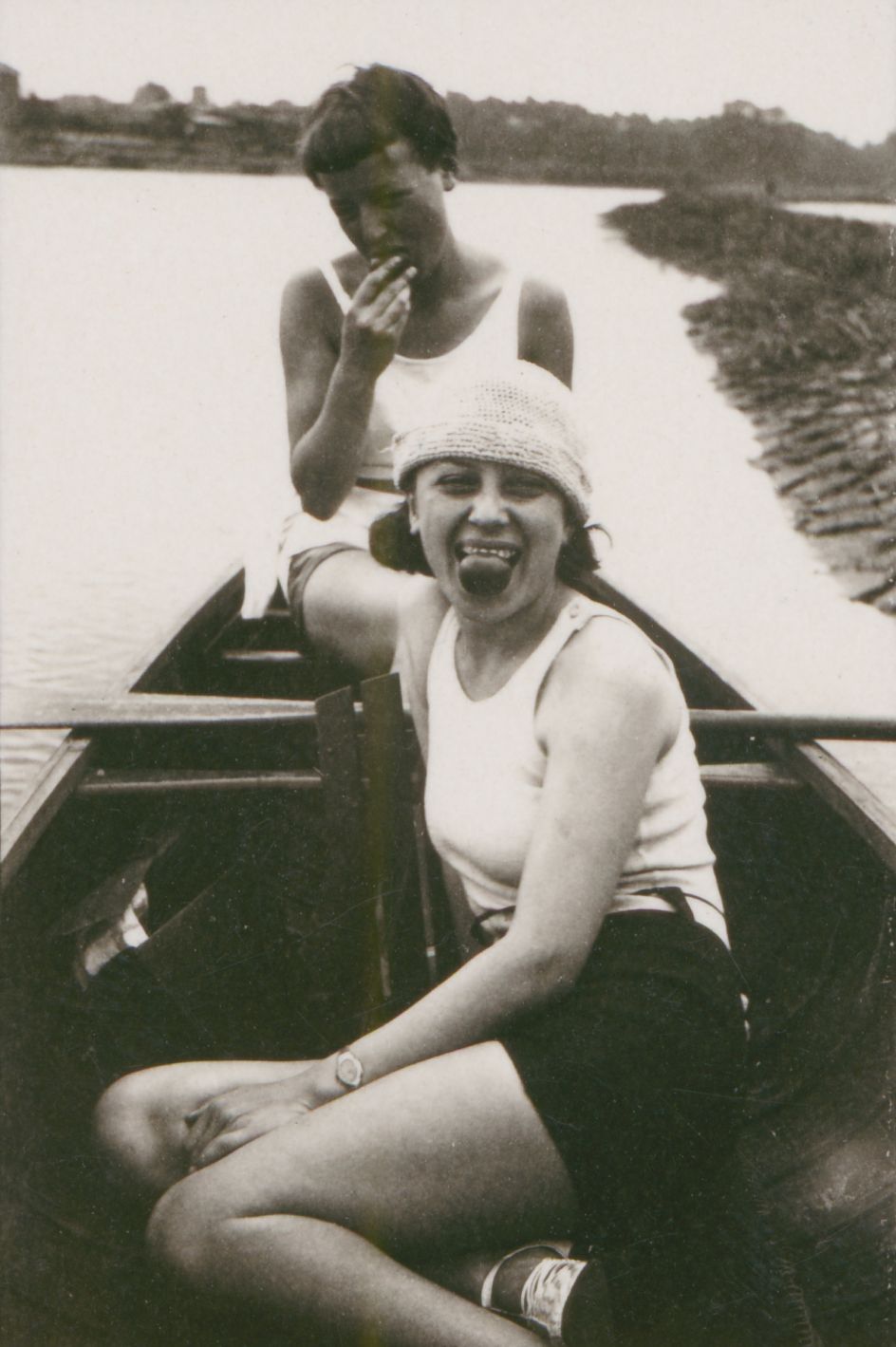
Anonymous: Otti Berger (front) and Lis Beyer in a rowing boat on the Elbe, c. 1927. Photo © Bauhaus-Archiv, Berlin
Moreover, the volume reminds us of other women artists whose names, nearly forgotten, also stand for early pioneers of gender equality, refusing to follow the beaten tracks society and their families insisted on.
With almost 400 portrait photographs taken between 1919 and 1933, Bauhausmädels creates a visual impression of the women artists who attended the most progressive art school of the 20th century and, departing from there, often changed the world of art, architecture, design, and even politics.
Biographical data sheds light on each artist’s individual struggle, persistence in the face of adversity, and incredible accomplishments. In this grand family album, we discover a group of unique trailblazers whose legacy paved the way for women artists after them.
Bauhausmädels: A Tribute to Pioneering Women Artists by Patrick Rössler is published this month by TASCHEN. Priced at £30.
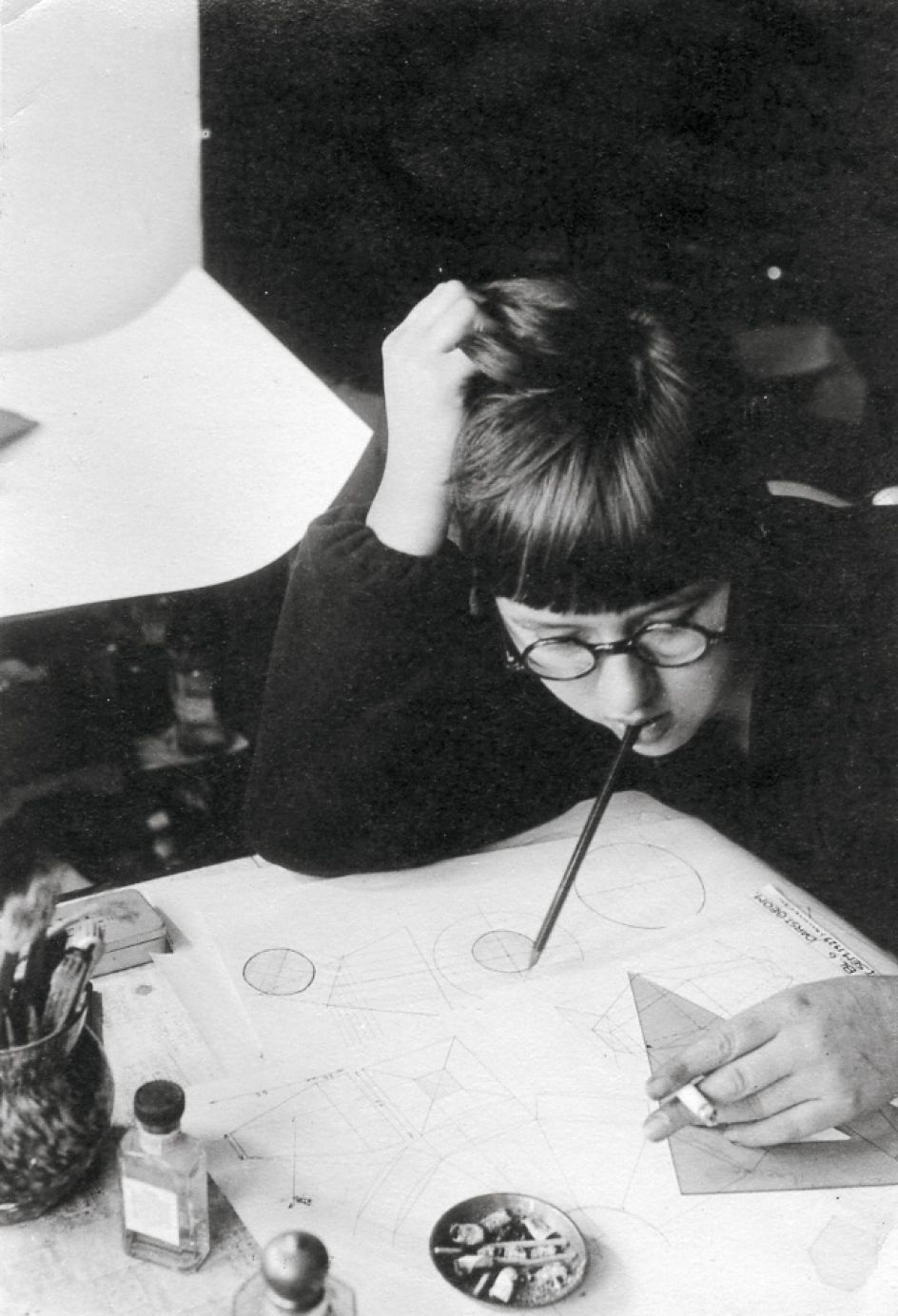
Anonymous: Elsa Franke designing, undated. Photo © Stiftung Bauhaus Dessau
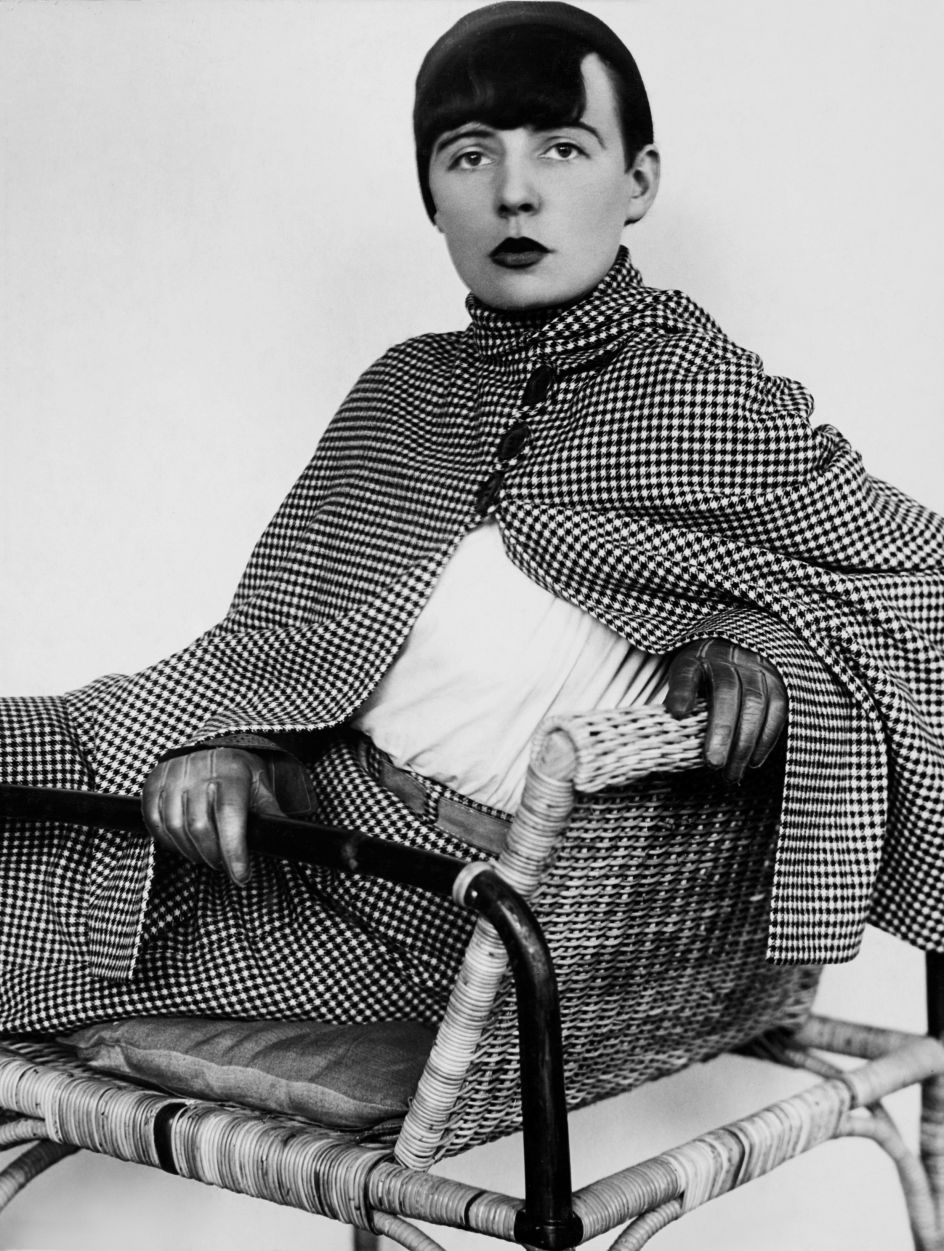
Annelise Kretschmer: Elisabeth Kadow, portrait en face, c. 1929. Photo © Museum Folkwang Essen/ARTOTHEK
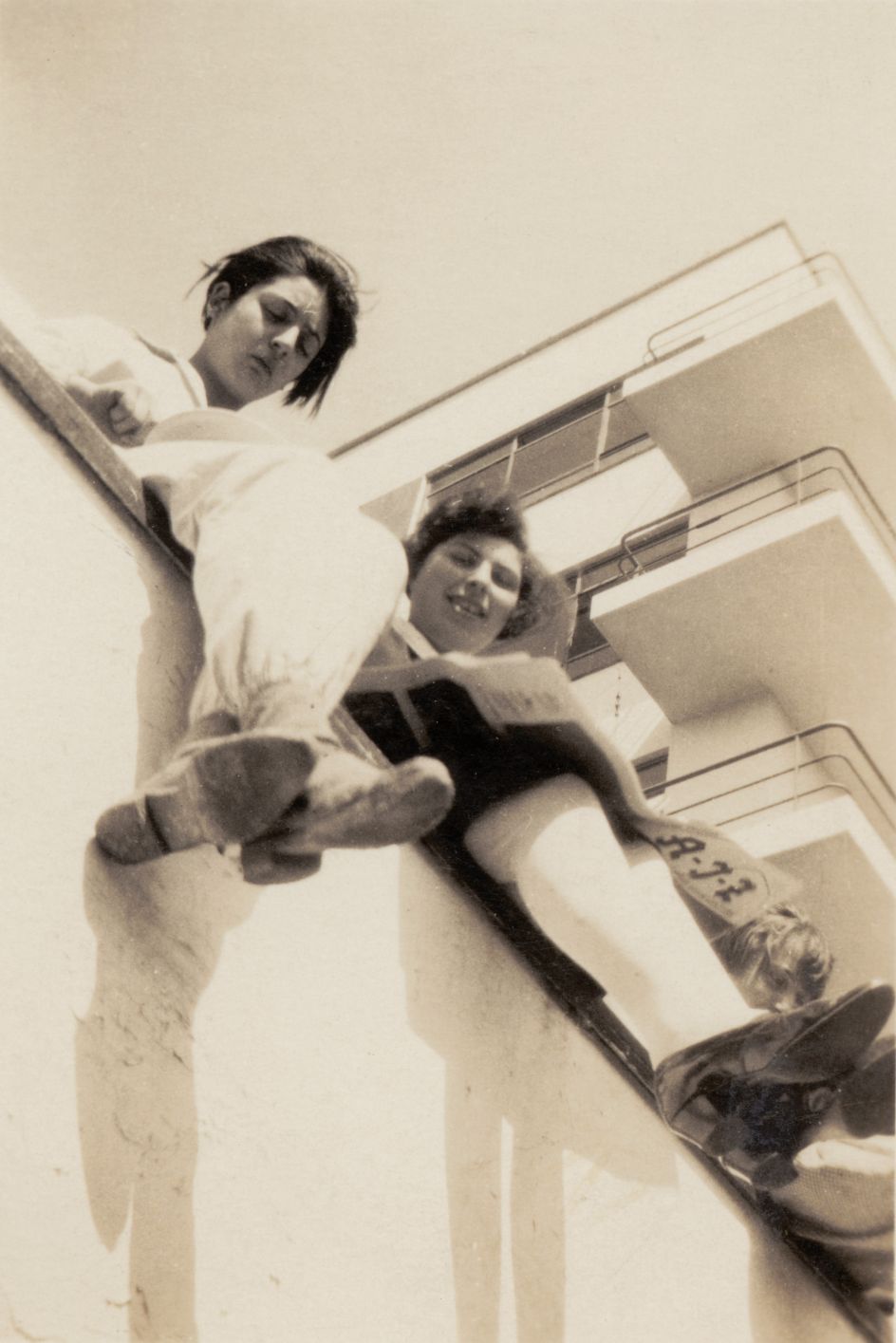
Anonymous: Students on the terrace parapet, Tonja Rapoport with a copy of the AIZ (Arbeiter-Illustrierte-Zeitung) on the Bauhaus balcony, c. 1929. Photo © Bauhaus-Archiv, Berlin





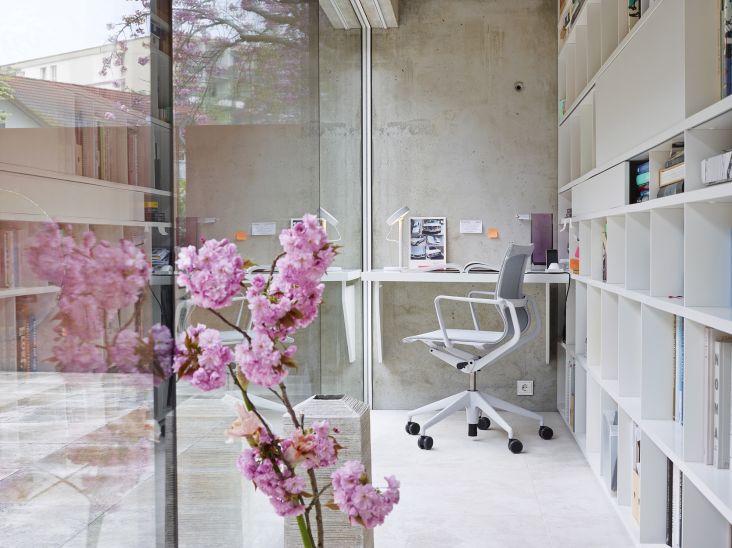
 using <a href="https://www.ohnotype.co/fonts/obviously" target="_blank">Obviously</a> by Oh No Type Co., Art Director, Brand & Creative—Spotify](https://www.creativeboom.com/upload/articles/6e/6ed31eddc26fa563f213fc76d6993dab9231ffe4_732.jpg)
 by Tüpokompanii](https://www.creativeboom.com/upload/articles/58/58684538770fb5b428dc1882f7a732f153500153_732.jpg)







